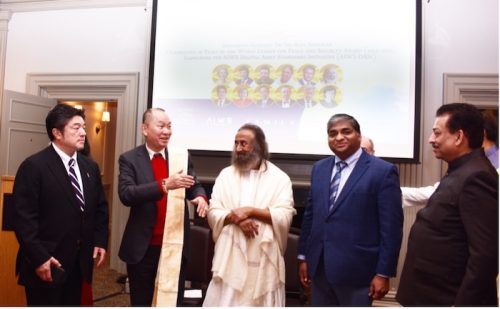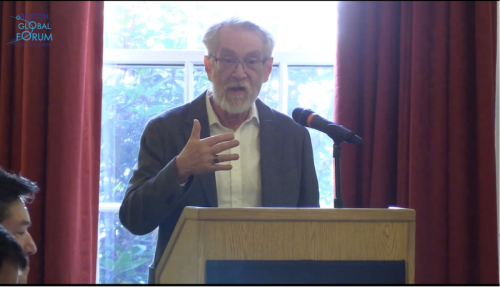According to South China Morning Post, China has issued “new rules to clamp down on deepfake technologies used to create and broadcast fake news”. More than a month earlier, the state of California in the US introduced similar legislation to ban political deepfakes. In April, the European Union released a strategy to investigate online disinformation, including deepfakes.
Deepfake is an AI technology that uses deep learning to manipulate videos and images with fake content, most often by superimposing human images, that appears real to the viewer. While the Californian law applies to political content, China’s regulation goes beyond political. This law requires that “providers and users of online video news and audio information services put clear labels on any content that involves new technologies such as deep learning in the process of creation, distribution and broadcast.”
Is this a response to the popularity of the ZAO face-swapping app or something similar that might become an overnight sensation any time? ZAO enables users to swap their uploaded images with those of celebrities in a video clip.
Regardlessly, the danger of deepfake is real. In the industry, Internet Companies have started to fight the ‘Deepfake’ future. Researchers are also creating tools to find fake videos before they become impossible to detect.
Imagine a future when we cannot tell what is real and what is not in what we see. Some experts are afraid that we may be fighting a losing battle.










